Redcurrant / Summer / Edible
Redcurrant is an easy to identify member of the Gooseberry family with deliciously tart edible fruits.
Common Names
Redcurrant, Red currant
Botanical Name
Ribes rubrum
Scientific Classification
Kingdom – Plantae
Order – Saxifragales
Family – Grossulariaceae
Physical Characteristics for Redcurrant
Leaves
The leaves are palmate, with 3-5 lobes and they are bluntly toothed. They grow spirally around the woody stems.
Flowers
The flowers are quite unremarkable, they are small, yellow to green in colour and grow on hanging racemes. The plant normally flowers between April and May.
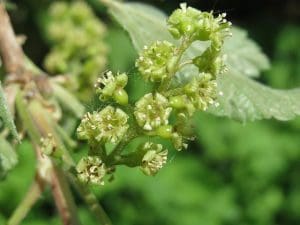
Fruit
The flowers develop into bright red, translucent berries. Up to 20 berries grow on each racemes causing them to droop down. Individually the berries are about 10mm in diameter and they have vertical lines running down them at bit like the lines of longitude on a globe. They also have a little spot on the bottom where the flower used to be. The berries normally appear from July to August.
Habitat
Redcurrant is a non-native species but it does appear often as a garden escapee, most often we find them in woodland clearing, hedgerows and river banks where they have naturalised.
Known Hazards
None Known
Could be Confused with
They could be confused with other Ribes species for example Blackcurrant (Ribes nigrum) which looks very similar when the fruits aren’t present. The main difference is the scent of the leaves, when crushed Blackcurrant leaves smells like Blackcurrants or Ribena whereas Redcurrant leaves smell ‘green’ or herbal.
The Guelder Rose (Viburnum opulus) could also look similar, typically Guelder Rose is a larger plant, its berries grow in bunches rather than on racemes. Guelder Rose berries are edible but they need to be cooked first.
Woody Nightshade, Black Bryony and White Bryony have red berries, and are all toxic. All three grow as twisting vines that climb over other shrubs, all have leaves that look completely different, and all have a smaller dot on the bottom of the fruit or no dot at all.
Edible Uses
The berries are famed in the UK for Redcurrant jelly typically served with lamb or game. But their tart flavour works well in jams, jellies and syrups.
In Scandinavia they are used to make fruit soups and summer puddings.
In Austria they are added to ‘Linzer torte’ a traditional tart served at Christmas and in Russia they are made into Kissell a sweet, healthy drink.
Notes on Herbal Uses
Redcurrants are a great source of antioxidants such as vitamin C and manganese. These protect the body from the effects of oxidative stress and may help strengthen the immune system and ward off diseases.
They have a long history of use in herbal medicine for example tea made from dried leaves is said to ease the symptoms of gout and rheumatism, be useful in compresses for wounds, and as a gargling solution for mouth infections.
They have been proven to be effective in treating certain skin ailments including eczema and acne. Redcurrants also helps purify blood and enhance the texture of the skin and they are including in many commercial face creams and masks as they firm up tired skin.
Extra notes from the Foragers
Redcurrant have been used a lot in the past in the textile industry, a yellow dye is obtained from the leaves and a black dye from the berries.



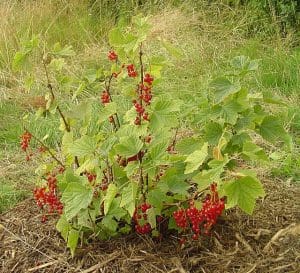
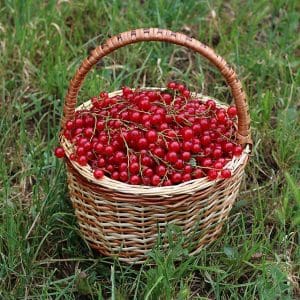
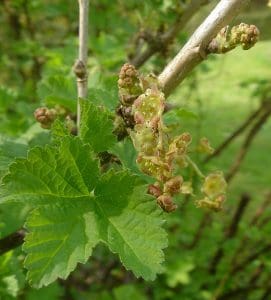
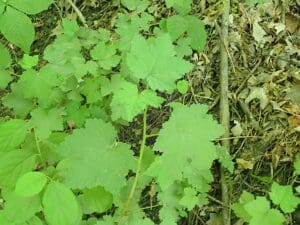
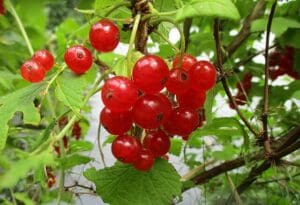
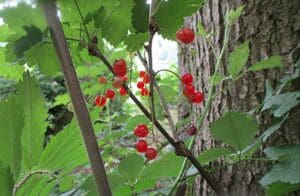
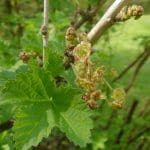
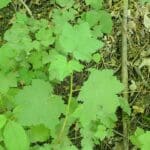
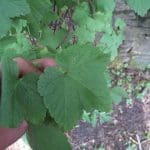
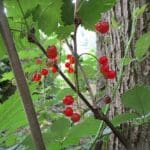
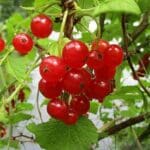



Leave a Reply
You must be logged in to post a comment.